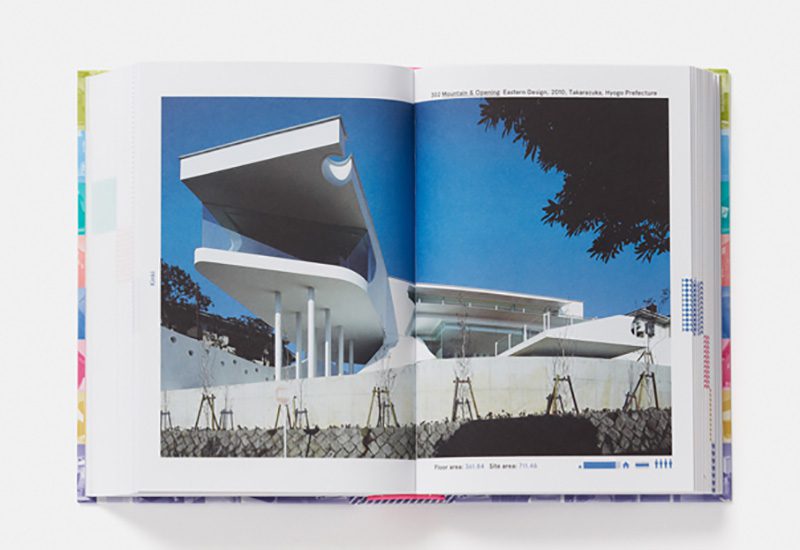BOOK:Jutaku-Japanese Houses,Phaidon Publications
 Due to the limited flat area and thousands of people who want to live there, land is very precious in the big cities of Japan, especially in Tokyo, real estate values remain consistently high despite the country’s economic ups and downs. While some countries fetishise the old, in Japan there is, a seemingly insatiable appetite for the new, meaning that most houses only remain in place for an average of 30 years.
Due to the limited flat area and thousands of people who want to live there, land is very precious in the big cities of Japan, especially in Tokyo, real estate values remain consistently high despite the country’s economic ups and downs. While some countries fetishise the old, in Japan there is, a seemingly insatiable appetite for the new, meaning that most houses only remain in place for an average of 30 years.
By Efi Michalarou
Other rules and regulations like “Area Laws” or “Sunshine Laws”, are limiting the amount of shadow cast by buildings, plus a legal requirement for there always to be a gap between buildings to prevent fire has also contributed to the need for imaginative solutions by architects. Even families that own property, just to pay the taxes, they have to sell off some or even all of their land. And when an individual property changes hands, it is usually sub-divided into as many mini-lots as the law will allow. That has led Japan to adopt some weird and wonderful architectural solutions in its housing, as Naomi Pollock an American architect who lives in Tokyo showcases in Jutaku: Japanese Houses, a new book from Phaidon Publications. With more than 400 houses, one per page, one image per house, features the work of many of Japan’s most famous architects including Shigeru Ban, Sou Fujimoto, Toyo Ito, Kengo Kuma, Jun Igarishi, Shuhei Endo and dozens of up and coming or as yet unknown young architects, Jutaku is organized geographically, speeding readers on a bullet train journey across Japan’s architectural landscape.
